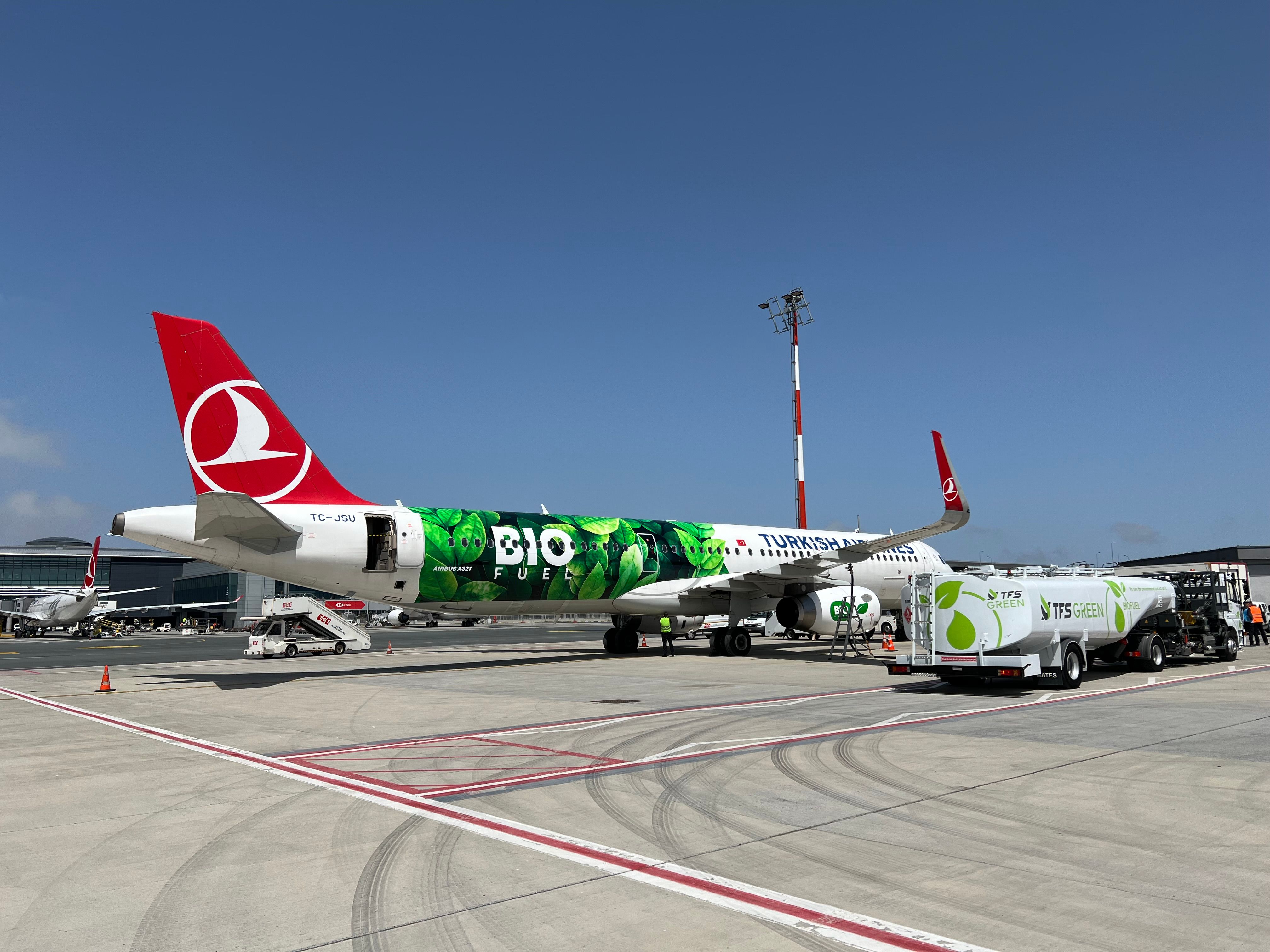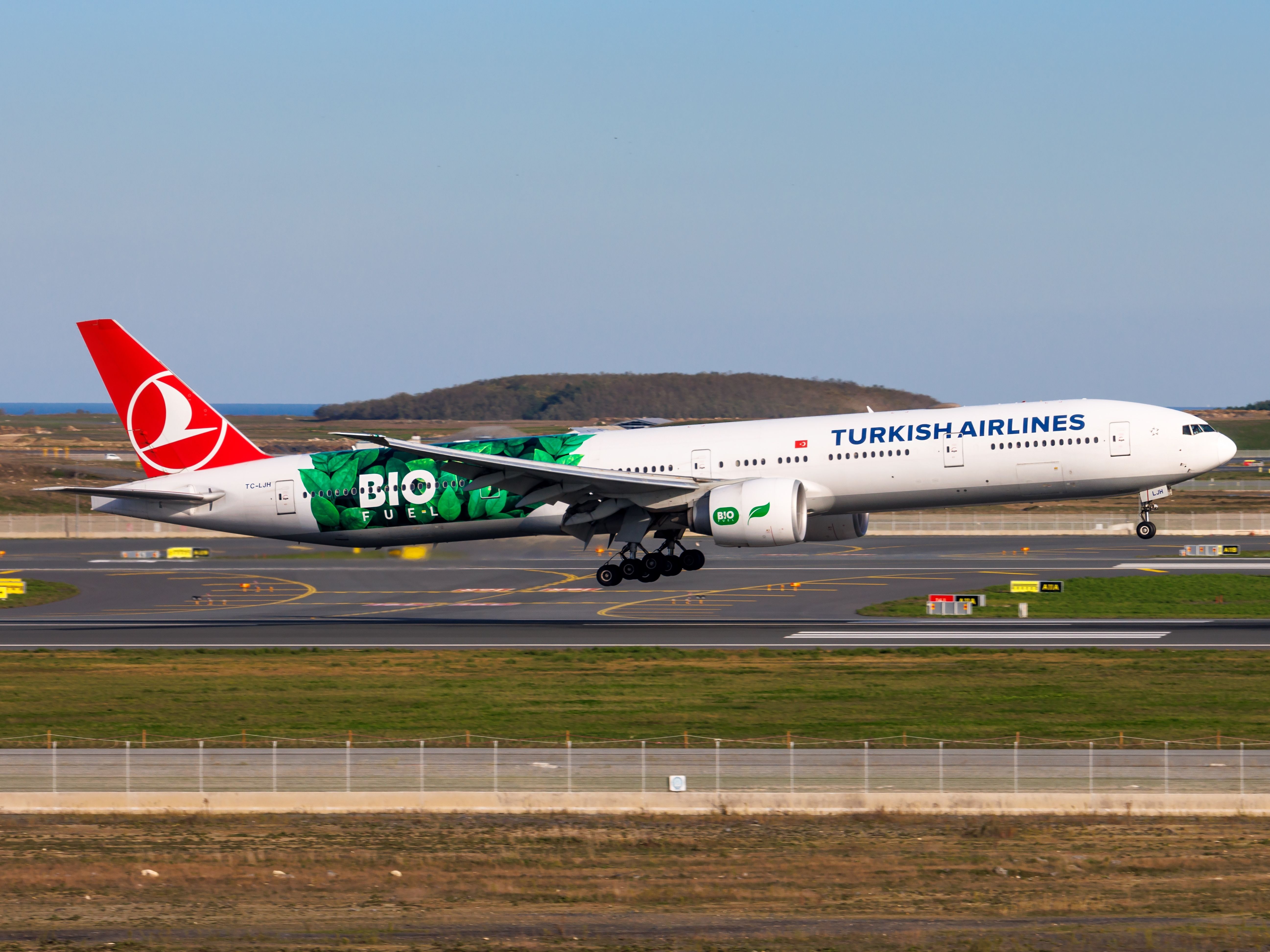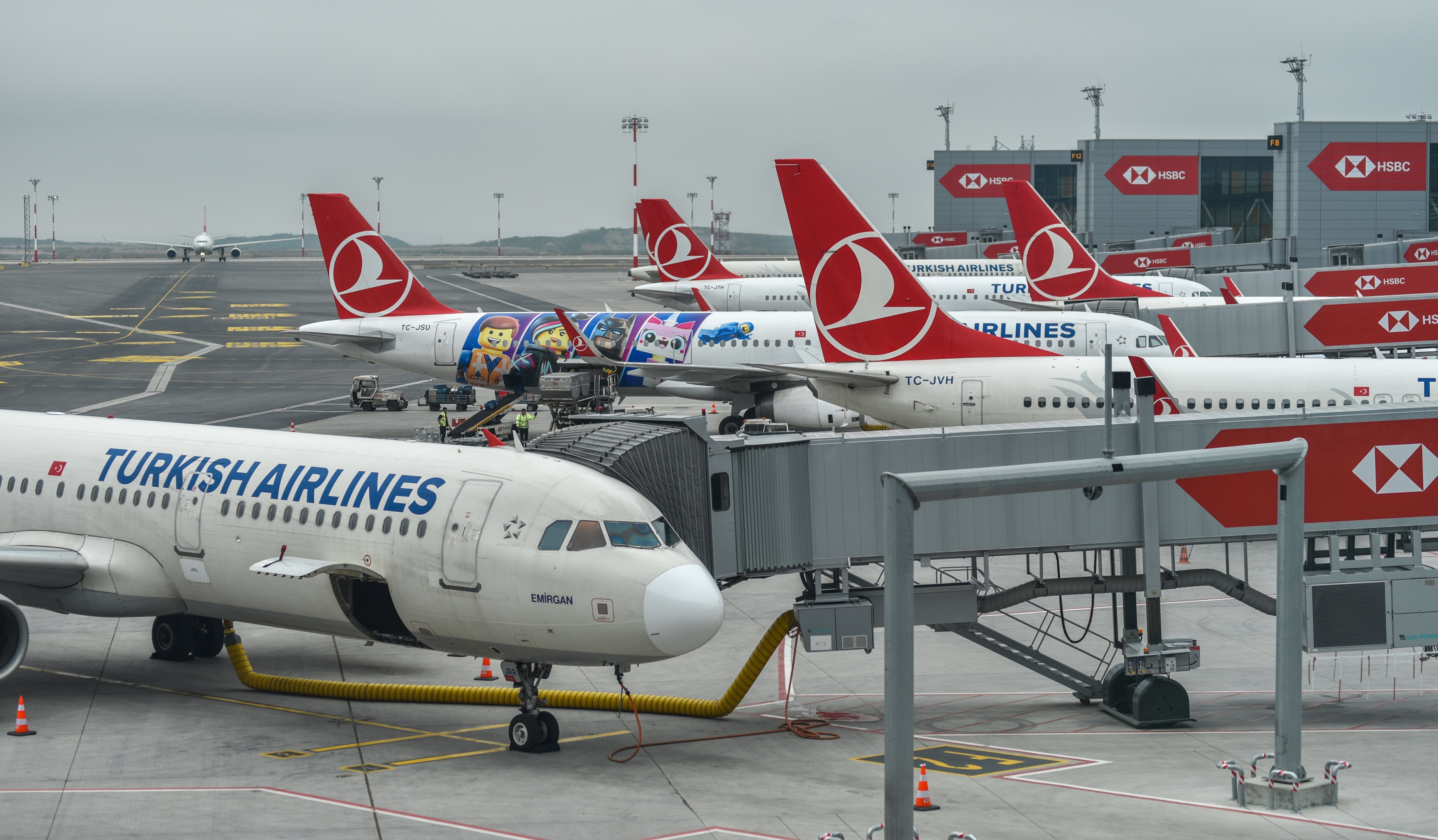T眉rkiye Aims To Reduce Travel Emissions By 5% In 5 Years
T眉rkiye aims to reduce aviation-related emissions by at least 5% by 2030 by mandating airlines to increase the use of Sustainable Aviation Fuels (听). Airlines serving T眉rkiye and the country鈥檚 fuel suppliers will be expected to play their part in meeting the target.
听
The country, along with the national carrier Turkish Airlines, has already implemented various initiatives to make aviation operations more sustainable. With SAF usage as one of the key pillars to achieving net-zero by 2050, T眉rkiye aims to start producing thousands of metric tons of the biofuels from 2026.
Aligning With Global Sustainability Targets

The new initiative was announced by the Turkish Civil Aviation Authority, and the move aligns with the United Nations International Civil Aviation Organisation鈥檚 (听) global emissions reduction plan, which will become mandatory in 2027. As reported by Bio Energy Times, airlines operating international flights involving T眉rkiye听听to meet the 5% reduction target.
The country鈥檚 jet fuel producers, including Tupras and Socar, are expected to start producing SAF. Tupras, the country鈥檚 largest industrial company and oil refinery company, aims to produce 20,000 metric tons of SAF in 2026, increasing to 400,000 tons after the construction of a new unit at its Izmir refinery, pending a final investment decision.
Meanwhile, DB Tarimsal Enerji, a local biofuel firm, aims to produce 100,000 tons of SAF at a new plant. Last October, Thailand鈥檚 TTCL was awarded a FEED and cost estimation contract for a SAF plant in T眉rkiye. The project was developed by DB Tarismal Enerji, leveraging its experience in biodiesel production. The contract was valued at $3.3 million and was expected to be completed in seven months.
Minimum SAF Usage Requirements
 Photo:: MBekir | Shutterstock
Photo:: MBekir | Shutterstock
T眉rkiye is one of the busiest countries in Europe by the number of daily aircraft movements, and its main airport,听, is the听. There are currently over 100 airlines with scheduled passenger flights to T眉rkiye, offering over 16,000 domestic and international flights each week.
According to the CAA, airlines will be required to load 90% of their SAF for international flights at Turkish airports and fuel suppliers who fail to meet the demand will be penalized. With the aviation sector accounting for about 2.5% of global energy emissions, stakeholders are working hard to reduce emissions. T眉rkiye鈥檚 SAF mandate is part of broader efforts to reduce the sector鈥檚 impact on the environment and to align with global standards.
T眉rkiye鈥檚 jet fuel demand reportedly reduced by 4% last year to 6.26 million tons, equivalent to about 135,000 barrels per day. Moving forward, T眉rkiye鈥檚 CAA plans to publish updated minimum emission reduction targets before the end of each third quarter, keeping the industry informed and accountable as the SAF mandate progresses.
听
Triple departures will mean more daily flights from Istanbul Airport.
Progressing Towards A More Sustainable Future
 Photo:听alexfan32听I Shutterstock
Photo:听alexfan32听I Shutterstock
While T眉rkiye is served by several global airlines, one of the reasons its skies are so busy is the extensive operation of Turkish Airlines. The flag carrier is the world鈥檚 most internationally connected airline, serving over 130 countries -听听for its extensive network. As it continues to grow, the airline gives top priority to protecting the environment.
As part of its environmental policy, the airline supports fuel efficiency initiatives, monitors and reports greenhouse gas emissions regularly, and sets goals to decrease its emissions. Last year, the airline carried 83.4 million passengers across 340 destinations. It claims to have saved up to 71.830 tons of fuel and avoided 226.265 tons of carbon dioxide emissions.

- Airline Type
- Full Service Carrier
- Hub(s)
- Istanbul Airport
- Year Founded
- 1933
- Alliance
- Star Alliance
- CEO
- Bilal Ek艧i
- 听
- 听
听
Meanwhile, the industry continues to move towards achieving net-zero emissions by 2050, which depends on effective climate policies through a combination of SAF and hydrogen use, new technologies, operational improvements, and carbon offsetting/ capture initiatives. SAFs obtained from renewable sources are expected听听compared to conventional jet fuels (although figures vary), but there are still major concerns about the costs and听.
